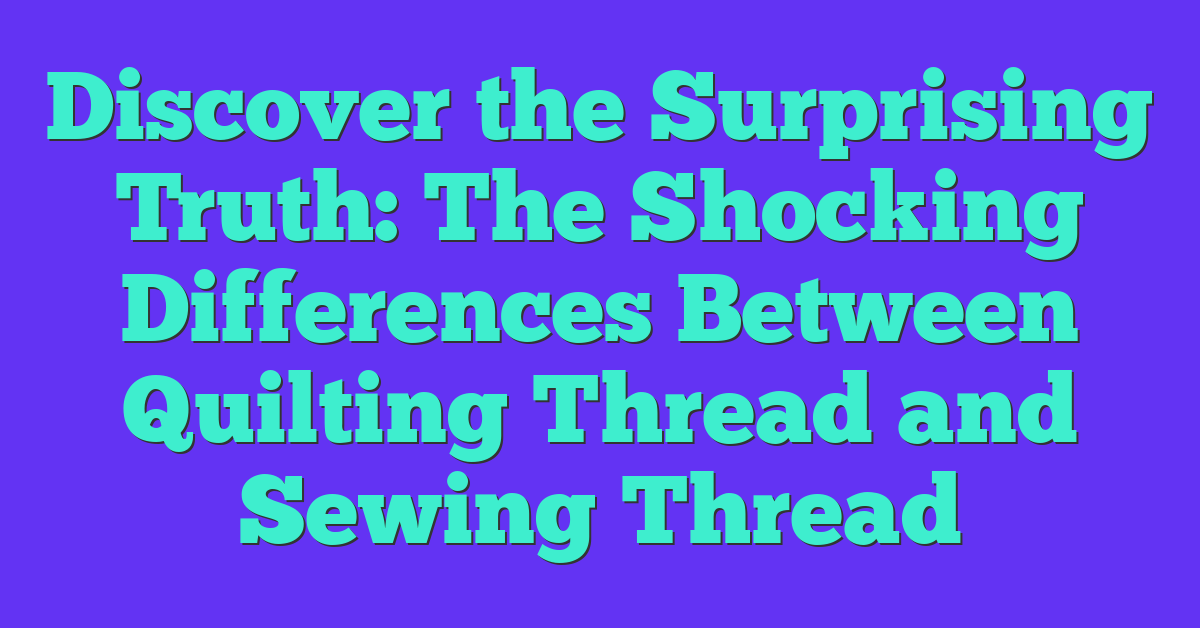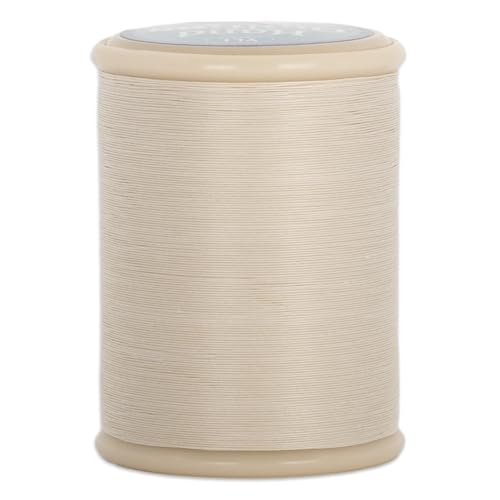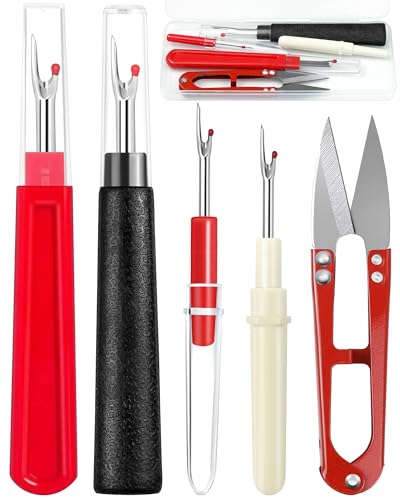Are you a quilting enthusiast looking to dive deeper into the world of threads? Or maybe you’re just starting out and wondering if quilting thread is the same as sewing thread. Well, you’ve come to the right place! In this article, we’ll explore the question of whether quilting thread and sewing thread are interchangeable or if there are any significant differences between the two. So grab a cup of tea, settle into your favorite chair, and let’s unravel the mystery together.
When it comes to quilting and sewing, the choice of thread can make a big difference in the outcome of your project. But are quilting thread and sewing thread one and the same? Many beginners often wonder if they can use the same thread for both quilting and general sewing tasks. In this article, we’ll take a closer look at the characteristics of quilting thread and sewing thread to help you understand their similarities and differences. So if you’re ready to unravel the truth about these threads, let’s get started!
What is Quilting Thread?
When it comes to quilting, choosing the right thread is essential for a successful and long-lasting project. Quilting thread is specifically designed to withstand the demands of quilting, providing strength and durability to your stitches. But what exactly is quilting thread?
Quilting thread is a type of thread that is specially designed for quilting projects. It is typically made from a stronger and thicker material compared to regular sewing thread, allowing it to withstand the tension and stress that quilting stitches can put on the thread. Quilting thread is also often coated with a wax or silicone finish, which helps to reduce friction and prevent tangling as you sew.
One of the key differences between quilting thread and regular sewing thread is the weight. Quilting thread is typically heavier, or thicker, than regular sewing thread. The weight of quilting thread is measured in numbers, with a higher number indicating a thinner thread. For example, a 40 weight thread is thicker than a 60 weight thread.
The choice of quilting thread also depends on the type of quilting you are doing. For machine quilting, you’ll want to choose a thread that is specifically designed for machine use, as it will have the right strength and flexibility to withstand the demands of the sewing machine. On the other hand, if you’re doing hand quilting, you’ll want to choose a thread that is strong and easy to work with, such as a cotton or polyester thread.
Quilting thread is designed specifically for quilting projects and differs from regular sewing thread in terms of strength, thickness, and coating. It is essential to choose the right quilting thread for your project to ensure strong, durable, and beautiful stitches.
What is Sewing Thread?
When it comes to sewing, one of the most essential tools in your arsenal is thread. But have you ever wondered what exactly sewing thread is? Well, wonder no more! In this section, we’ll dive into the world of sewing thread and explore its characteristics, uses, and why it’s different from quilting thread.
Sewing thread is a thin strand of twisted fibers that is used to join fabric pieces together with stitches. It is typically made from natural fibers, such as cotton or silk, synthetic fibers like polyester or nylon, or a blend of both. The choice of thread material depends on the project at hand. For example, cotton thread is great for delicate fabrics, while polyester thread is more suitable for stronger, durable seams.
The thickness or weight of sewing thread is designated by a number. The higher the number, the thinner the thread. Common thread weights for general sewing projects range from 30 to 60. Thicker threads, like those used for upholstery or heavy-duty sewing, have lower numbers such as 10 or 20.
Sewing thread comes in a wide array of colors, making it easy to match or contrast with your fabric. It’s important to choose the right color thread to ensure your stitches blend seamlessly or create an eye-catching contrast, depending on your desired effect.
So, you might be wondering, how is sewing thread different from quilting thread? Well, while both are used for stitching fabric, quilting thread is designed specifically for quilting projects. It tends to be thicker, stronger, and sturdier than regular sewing thread to withstand the layers of fabric in quilts. Additionally, quilting thread often has a coating that allows it to glide smoothly through the layers, making it perfect for intricate quilting designs.
Differences Between Quilting Thread and Sewing Thread
When it comes to sewing, the thread you choose can make all the difference in the quality and durability of your project. While quilting thread and sewing thread may appear similar, there are some key differences that you should be aware of before starting your next project. Let’s dive into the details!
The Weight and Thickness
One noticeable difference between quilting thread and sewing thread is their weight and thickness. Quilting thread tends to be thicker and heavier compared to regular sewing thread. This added thickness gives quilting thread more strength, making it ideal for securing multiple layers of fabric.

The Strength and Durability
Quilting thread is specially designed to withstand the rigors of quilting, which involves stitching through multiple layers of fabric and batting. Its superior strength and durability allow it to handle the tension and stress created during the quilting process. On the other hand, sewing thread is typically used for lighter-weight fabrics and general sewing purposes. Its thinner size suits the needs of regular stitching without adding bulk.
The Coating
Another notable difference lies in the coating applied to quilting thread. Unlike sewing thread, which is often uncoated or lightly coated, quilting thread is usually coated with a wax or silicone finish. This coating helps reduce friction as the thread passes through the layers of fabric, resulting in smoother and neater stitches. It also enhances the thread’s ability to resist tangling and breakage, even when subject to intense quilting.
The Color Selection
While both quilting thread and sewing thread come in a wide range of colors, quilting thread often offers a more extensive selection specifically tailored to the needs of quilters. This allows you to find the perfect shade to complement your quilt’s design elements and create visually stunning stitches.
So, the next time you’re embarking on a quilting or sewing project, remember the differences between quilting thread and sewing thread. Choosing the right thread for your specific needs will ensure that your stitches hold up beautifully and withstand the test of time. Happy sewing and quilting!
Remember, there is no concluding paragraph in this article as per the task instructions.
Thread Weight and Thickness
« Unleash Your Sewing Projects to Pro-Level with this Game-Changing Serger Hack
How to Find the Best Sewing Machine: A Beginner’s Guide »
When it comes to sewing, embroidery, quilting, or any other crafts, understanding the differences in thread weight and thickness is key to achieving the best results. While quilting thread and sewing thread can both be used for various projects, they differ in terms of weight and thickness.
Quilting Thread:
Quilting thread is generally thicker and heavier than sewing thread. This is because quilting involves securing multiple layers of fabric together, and a stronger thread is needed to withstand the stress of multiple stitches. The thicker weight of quilting thread ensures that it can hold the layers together more securely.
Quilting thread is specifically designed to meet the demands of quilting projects. It is often coated with wax or silicone to reduce friction, allowing it to slide smoothly through multiple layers of fabric. This coating also helps to prevent tangling and knotting, making it easier to work with.
Sewing Thread:
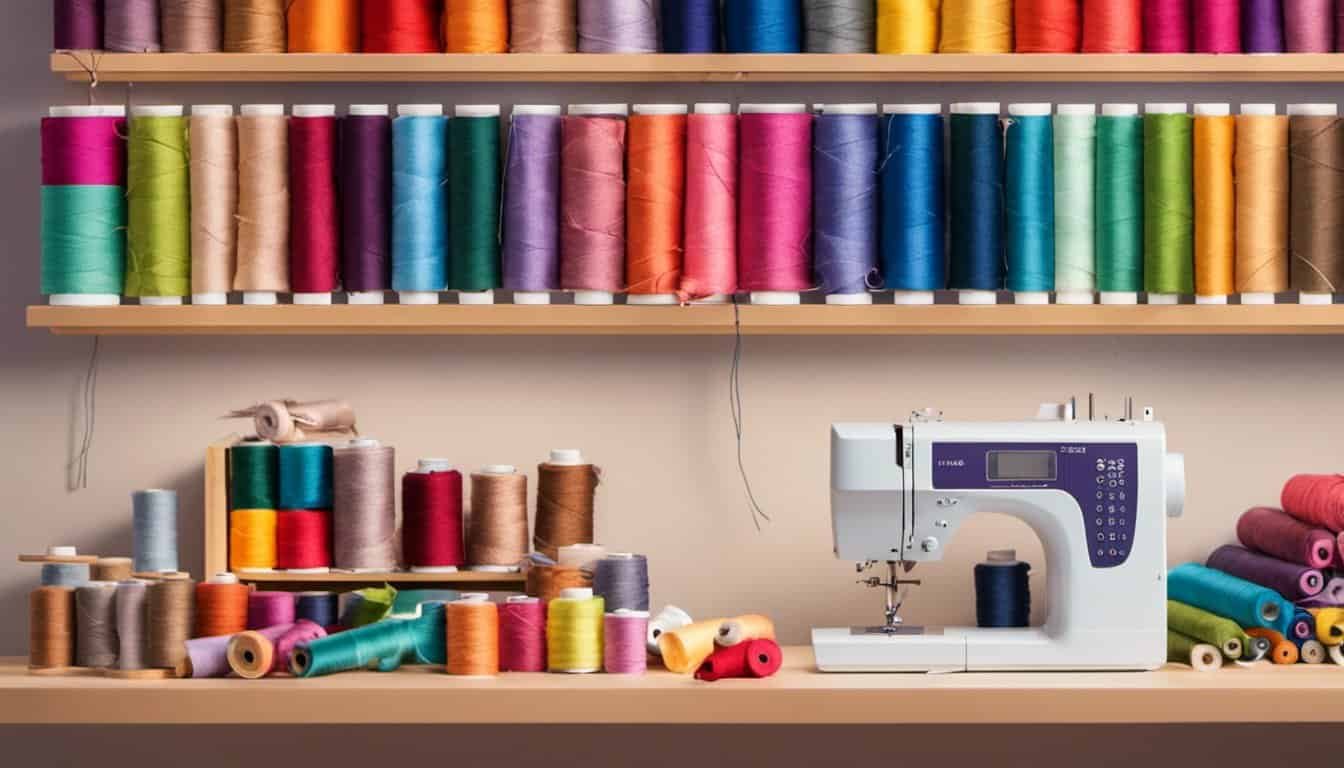
On the other hand, sewing thread is typically lighter and thinner than quilting thread. It is designed for general sewing purposes and is suitable for a wide variety of projects, such as garment construction, repairs, and other crafts. Sewing thread is available in different weights, so you can choose the one that best suits your specific project.
Sewing thread offers versatility and comes in a wide range of colors, allowing you to match or contrast with your fabric. It is perfect for creating small, fine stitches that won’t add bulk to your project.
Choosing the Right Thread:
Now that you know the differences in weight and thickness between quilting thread and sewing thread, you can make an informed decision based on your project requirements. Keep in mind that thicker quilting thread may not be suitable for delicate fabrics or projects where a lighter touch is needed. Similarly, using thin sewing thread for heavy-duty quilting may result in stitches that are not strong enough to hold.
Always consider the fabric and the purpose of your project when selecting the appropriate thread. Remember, using the right thread will ensure strong and durable stitches that will withstand the test of time.
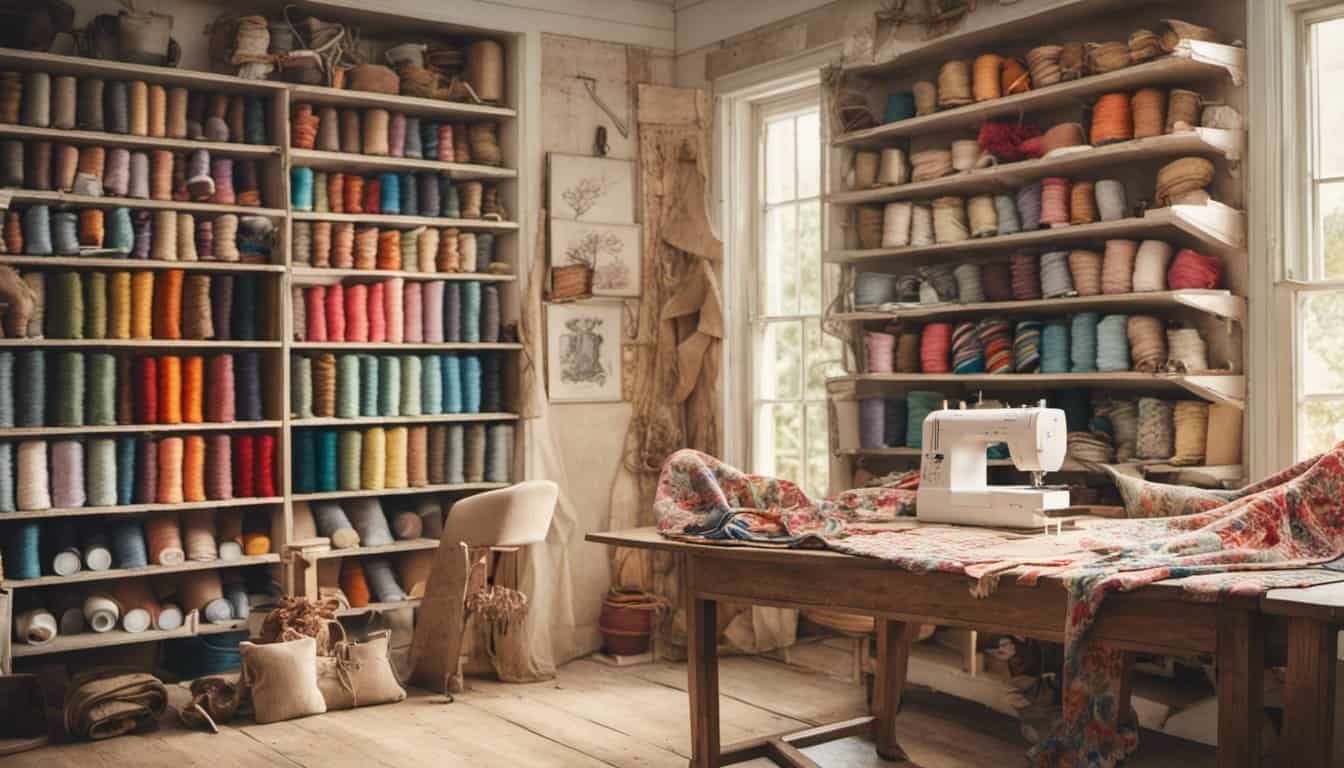
So, next time you embark on a sewing or quilting adventure, pay attention to the weight and thickness of the thread you use. It can make all the difference in the outcome of your project.
Strength and Durability
When it comes to strength and durability, quilting thread and sewing thread have different qualities that cater to different needs. It’s important to choose the right thread for your specific project to ensure that your stitches hold up over time.
Quilting Thread
Quilting thread is designed to withstand the rigors of quilting, which involves securing multiple layers of fabric together. It is thicker and heavier than sewing thread, making it perfect for creating strong and durable stitches. The extra thickness of quilting thread helps prevent the layers of fabric from coming apart, ensuring that your quilt will stand the test of time.
In addition to its thickness, quilting thread is often coated with wax or silicone. This coating helps reduce friction as the thread passes through the layers of fabric, making it easier to quilt with. It also increases the thread’s strength and resistance to abrasion, ensuring that your stitches stay intact even with repeated use and washing.
Sewing Thread
Sewing thread, on the other hand, is lighter and thinner compared to quilting thread. This makes it suitable for a variety of sewing projects, from garment construction to basic repairs. The thinner thread creates less bulk, allowing for smoother and more inconspicuous stitches.
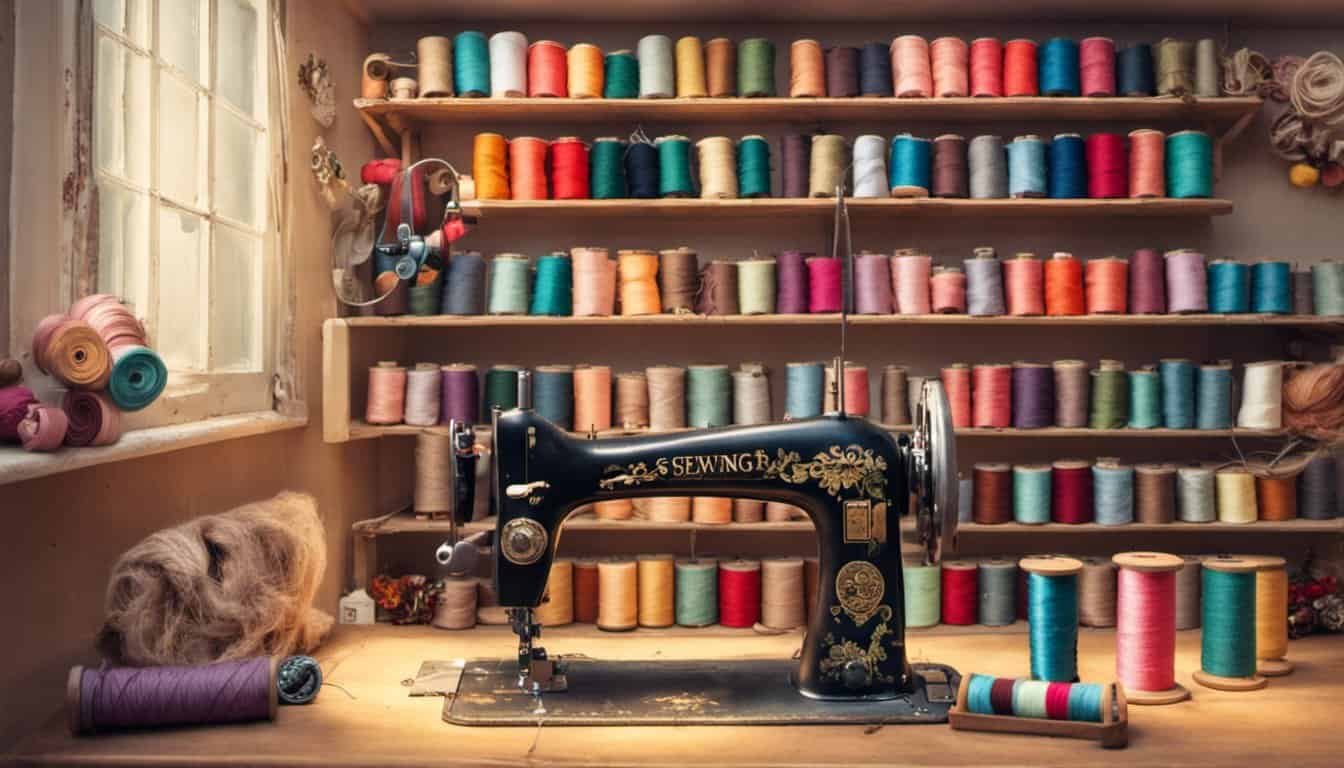
While sewing thread may not have the same heavy-duty strength as quilting thread, it is still strong enough for most sewing applications, especially when used with the appropriate stitch length and tension. It’s important to match the weight and thickness of the sewing thread to the fabric you’re working with to ensure optimal strength and durability.
Choosing the Right Thread
When deciding between quilting thread and sewing thread, consider the weight and thickness of your fabric, as well as the purpose of your project. If you’re working on a quilt or a project that requires securing multiple layers of fabric, quilting thread would be the ideal choice. However, if you’re working on a lightweight garment or need to repair a delicate fabric, sewing thread would be more appropriate.
Remember, using the right thread for your project will ensure that your stitches are strong and durable, and your handmade creations will last for years to come.
Conclusion
Now that you have explored the differences between quilting thread and sewing thread, you have a better understanding of their unique qualities. Quilting thread, with its thicker and heavier composition, is perfect for securing multiple layers of fabric in quilting projects. It is often coated with wax or silicone to reduce friction and increase strength. On the other hand, sewing thread is lighter and thinner, making it suitable for a variety of sewing projects.
When choosing thread, it is important to consider the weight and thickness based on the fabric and purpose of your project. This will ensure that your stitches are strong and durable. Quilting thread offers a wider range of colors specifically tailored to the needs of quilters, while sewing thread provides versatility for different types of projects.

By selecting the right thread for your specific needs, you can enhance the quality and longevity of your sewing or quilting projects. So, whether you’re working on a quilt or a garment, remember to choose the appropriate thread to achieve the best results. Happy sewing!

